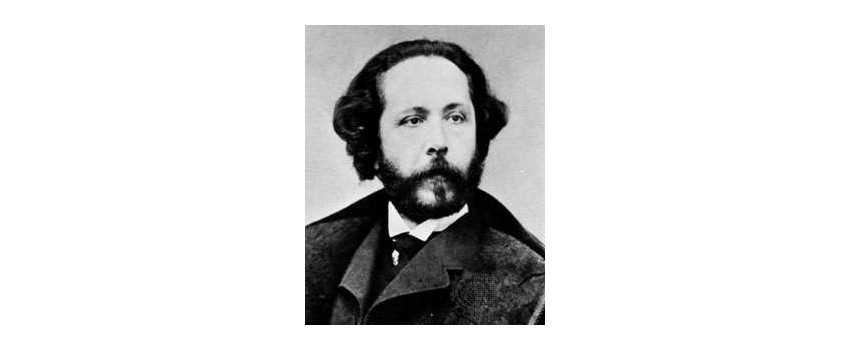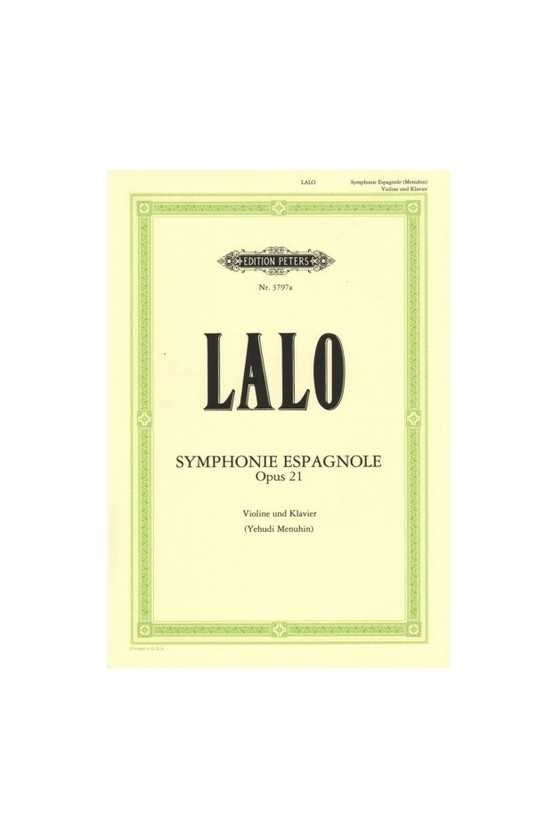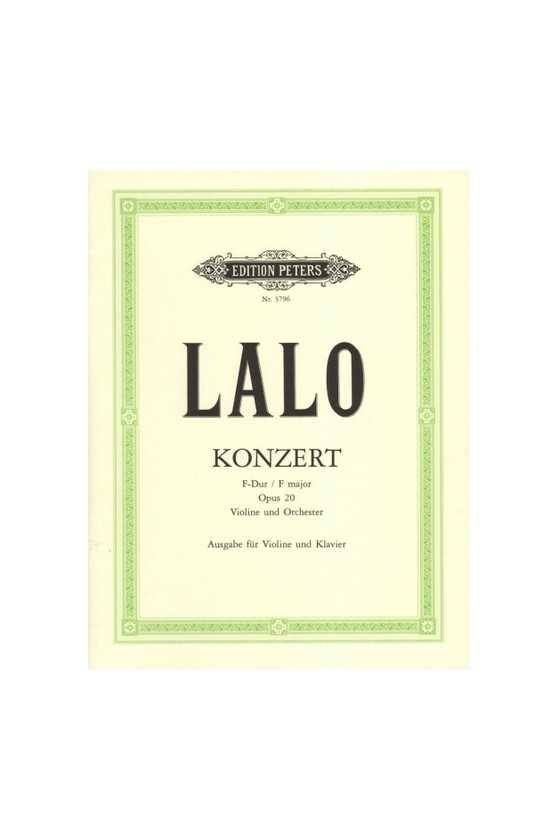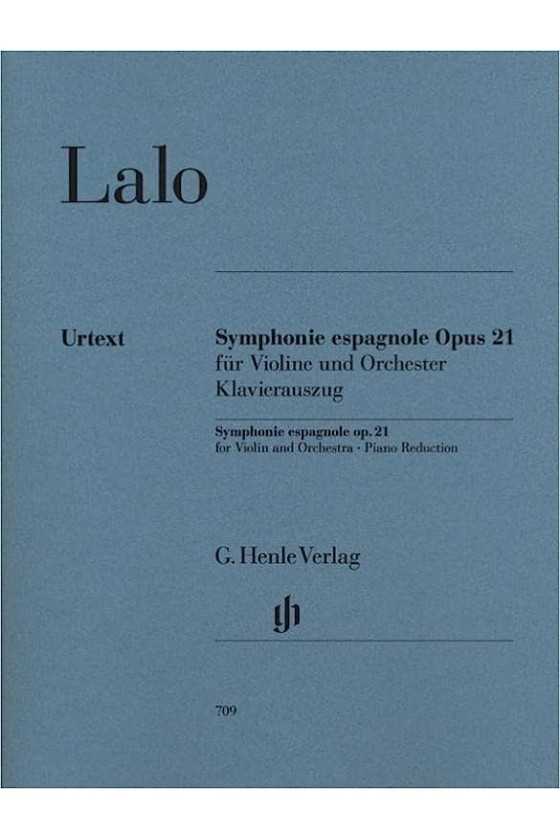Lalo, Édouard
Edouard Lalo (27 January 1823 – 22 April 1892) was a highly regarded composer known for his contributions to orchestral and chamber music. In an era dominated by French musicians focused on theater compositions, Lalo stood out with his captivating melodies and emotional depth. His works, such as the Symphonie espagnole and the Cello Concerto in D minor, continue to enchant listeners to this day.
Early Life and Musical Education
Born on January 27, 1823, Edouard Lalo's passion for music blossomed at a young age. However, his desire to pursue a career as a singer clashed with his father's wishes, leading him to run away from home at the age of 16. Lalo found solace in the violin, which he began studying at the prestigious Paris Conservatoire. Alongside his violin studies, Lalo also took private composition lessons, honing his craft as a composer.
The Rise of a Chamber Music Maestro
In the 1850s, a revival of chamber music swept through France, and Lalo emerged as a leading figure in this movement. Displaying remarkable mastery of the genre, Lalo composed two piano trios during this period, showcasing his ability to create intricate and expressive compositions. His skill as a chamber music composer was further solidified when he joined the Armingaud Quartet in 1855, a group dedicated to performing the works of Haydn, Mozart, Beethoven, Schumann, and Mendelssohn. In 1859, Lalo contributed to the quartet's repertoire by composing a string quartet, earning him recognition as a formidable composer in the chamber music scene.
Love, Marriage, and Operatic Ambitions
In 1865, Lalo married Julie Bernier de Maligny, a talented singer who would go on to become one of his most celebrated performers. Despite his success in chamber music, Lalo harbored a strong desire to write operas. His first opera endeavor came in 1866 with "Fiesque," based on Friedrich Schiller's play of the same name. Unfortunately, the Paris Opera rejected the work, dampening Lalo's operatic aspirations. Nevertheless, Lalo's career continued to flourish, and he found inspiration in the establishment of the Societe Nationale de Musique in 1871. This organization aimed to promote the works of contemporary composers and spurred Lalo to explore orchestral compositions.
Orchestral Triumphs: Symphonie espagnole and More
During the 1870s, Lalo delved into the world of orchestral music, creating several notable pieces. Among them was the Violin Concerto in F major, a work that showcased Lalo's ability to blend virtuosity with rich melodic lines. However, it was the Symphonie espagnole that truly captivated audiences with its melodic charm and passionate expression. This violin and orchestra masterpiece remains one of Lalo's most popular and beloved compositions. Additionally, Lalo composed the Cello Concerto, a profoundly dramatic piece that beautifully utilized the expressive capabilities of the instrument. Alongside these works, he also created the Fantaisie norvégienne for violin and orchestra, further highlighting his versatility as a composer.
The Quest for Operatic Recognition: Le Roi d'Ys
In 1875, Lalo embarked on a grand opera project based on a Breton legend titled "Le Roi d'Ys." Despite investing considerable time and effort into this work, Lalo faced rejection once again. The Paris Opera declined to stage the opera, leaving Lalo disheartened. Nevertheless, his determination and talent prevailed, and he secured a commission from the Opera to compose a ballet. Drawing inspiration from Casanova's Memoires, Lalo created "Namouna" between 1881 and 1882. Although the ballet received a lukewarm reception, Lalo's perseverance paid off when "Le Roi d'Ys" finally premiered at the Opera-Comique in 1888 to resounding success.
Late Works and Artistic Exploration
Following the triumph of "Le Roi d'Ys," Lalo found himself invigorated to embark on new artistic ventures. In 1891, he debuted "Neron," a pantomime that showcased his continued creativity and innovation. Additionally, Lalo began working on "La jacquerie," a modern musical that unfortunately remained incomplete. Despite this, his contributions to the world of music remained invaluable, solidifying his place as one of France's most esteemed composers.
Legacy and Influence
Edouard Lalo's impact on the world of music cannot be overstated. His compositions continue to be performed and admired for their melodic charm, expressive depth, and technical brilliance. Lalo's ability to infuse his works with passion and emotion resonates with audiences to this day. He played a crucial role in reviving chamber music in France, leaving an indelible mark on the genre. Moreover, his orchestral works, such as the Symphonie espagnole and the Cello Concerto, have become staples of the repertoire, beloved by musicians and listeners alike.
Conclusion
Edouard Lalo's life and music are a testament to his unwavering determination and immense talent. From his early struggles as a young runaway to his triumphs as a renowned composer, Lalo's journey is one of passion, melody, and artistic growth. His contributions to chamber music and orchestral compositions have left an enduring legacy, captivating audiences and inspiring musicians for generations to come. As we reflect on Edouard Lalo's remarkable career, we can appreciate the profound impact he had on the world of music, solidifying his place among the great composers of his time.




